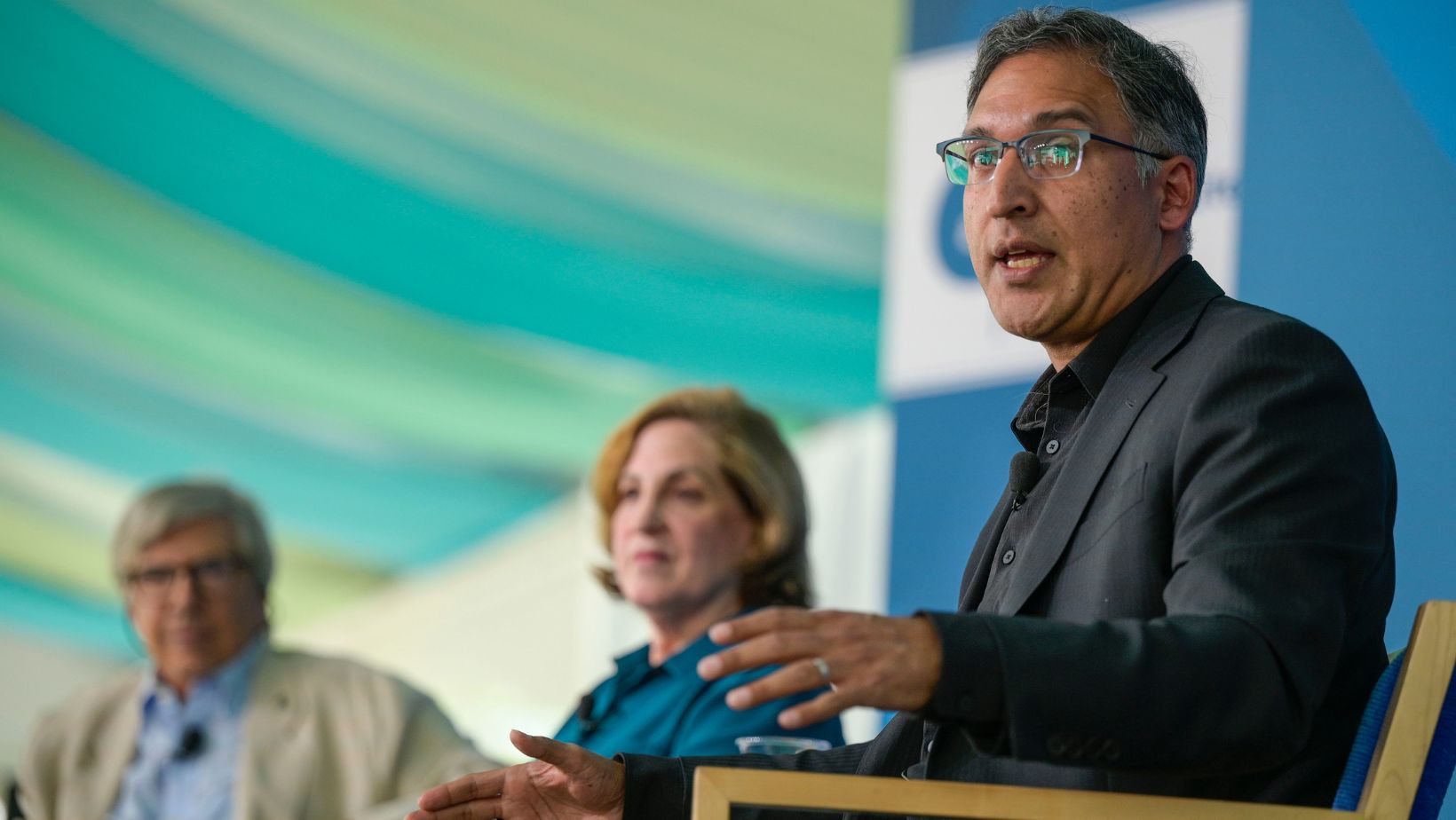On October 19, the Institute’s Manufacturing and Society program will host a debate on what policy initiatives are needed to help US manufacturing and what the presidential candidates are saying on the matter. The two presidential candidates mentioned manufacturing 15 times in Tuesday night’s debate, but why does it matter? A bit of background on the state of modern American manufacturing shows why we should be concerned about the health of this sector and why policy choices matter.
Despite the intuitive understanding of most people in advanced economies like the United States of the need for a strong industrial sector, many economists, educators, and opinion leaders view the loss of jobs and the chronic trade deficit in this sector as a sign of inexorable decline. In a classic example of a self-fulfilling prophecy, needed capital investments, policy adjustments, and allocation of resources in education are directed elsewhere, contributing to the difficulties of the sector, many of which are attributable to the rest of the world catching up with the US production technology and processes and engendering competition on a global scale. An analogy is often drawn with US agriculture over the past 100 years, as what was once the livelihood of well over half of the workforce now numbers less than two percent of it. Yet, US agriculture is highly efficient and many times more productive than it was 100 years ago, producing abundant supplies at much lower prices.
Manufacturing too has followed, since the Second World War, this arc of increased productivity, lower prices for its products, and fewer jobs. Yet it is still the second largest manufacturing sector in the world and the acknowledged technological leader in many areas such as computers, aerospace, heavy engineered and construction equipment, medical products, biotechnology, and semiconductors. While the manufacturing workforce has declined by about two-thirds as a proportion of the total, output is up about 680 percent since 1950.
There are several fundamental reasons to promote a healthy manufacturing sector. It is the source of most technological advance, some two-thirds of all research and development is performed in the sector and about two-thirds of patents originate from this work. Productivity growth in the sector is routinely half or more larger than in the rest of the economy, helping keep a lid on prices and contributing to growth in standards of living. Many advances in the services sector, such as supply chain integration and technology, are directly related to innovation in manufacturing. Wages and benefits are higher in this sector than for the rest of the private economy, and manufacturing production supports more jobs outside the sector (for instance in transportation or business services) than other industries. Manufacturing growth has been leading the economic recovery, partly through growth in exports, and is likely to continue to lead as the financial, construction, and government services sector languish. Overall, as Ricardo Hausmann and Cesar Hidalgo demonstrate in their monumental Atlas of Economic Complexity: Mapping Paths to Prosperity: “economic complexity is directly related to manufacturing knowledge and capabilities.” They also demonstrate that “once a country begins to manufacture goods … its path to prosperity becomes much easier.”
The future success of the US manufacturing sector is continually at risk as other nations, especially the emerging powerhouse China and established powerhouses Germany and Japan continue to invest and compete across the gamut of industrial products. Public policy in areas like trade, tax, regulation, scientific research, secondary and post-secondary education, energy, infrastructure development, and financial stability all have an impact on the economic environment which can help or hinder success of this sector in the future.
At a past event we discussed whether or not the US needs a manufacturing strategy:
Watch other previous discussions on manufacturing at the Institute.

